The fight against fire ants is now stronger and simpler to follow for the earthmoving, construction and farming industries in South East Queensland.
On 27 May 2020, the National Red Imported Fire Ant Eradication Program implemented changes to the Biosecurity Regulation 2016 to provide extra protection against the human-assisted movement of the super pest.
The program’s General Manager Graeme Dudgeon said the changes were necessary to protect the Australian way of life and make it easier for the industry to do the right thing in the fight against fire ants.
“The earthmoving, construction, development, landscaping and farming industries move large quantities of materials that may carry fire ants, such as soil, quarry products, turf, mulch, manure, potted plants, and hay— and if motion controls are not followed every load has the potential to spread this category 1 pest across South East Queensland and beyond,” said Mr. Dudgeon.
“The changes will add another layer of protection to areas that have been the subject of recent eradication activities and will better realign the fire ant biosecurity zone boundaries with the program’s current operational boundary.
“The changes mean that new suburbs will be covered by the biosecurity zones for the first time and it’s vitally important that businesses and individuals familiarise themselves with the new boundaries and the movement controls associated with them.
“We know this will be a period of transition for those in industries at high risk of spreading fire ants, as they reframe their business practices and educate their teams on the zones and requirements.
“We’re here to help wherever we can,” he said.
One of the two new fire ant biosecurity zones will cover the area where the program has been concentrating its efforts to eradicate fire ants in the west of the infestation, in the Lockyer Valley and parts of Ipswich and the Scenic Rim. This is now known as fire ant biosecurity zone 1.
Fire ant biosecurity zone 2 covers the remainder of the infestation, where the program is working hard to contain and suppress the invasive pest before eradication efforts can begin, and includes areas in Ipswich, Logan, Brisbane, the Gold Coast, and Redlands.
Mr. Dudgeon said that movement controls applying to the disposal of materials in waste facilities in fire ant biosecurity zone 1 will be tough to avoid the risk of re-infestation.
“More stringent requirements will apply to the disposal of a range of construction and landscaping materials in waste facilities in fire ant biosecurity zone 1 where we’ve been carrying out eradication treatment,” he said.
“In this zone, local residents have been telling us that there used to be fire ants and now there’re none. We don’t want to risk undoing all the good work we’ve done so far in eradicating fire ants in that area.”
Mr. Dudgeon said the program was reducing the amount of red tape involved in transporting material that may contain fire ants.
“Up until now only companies that held a biosecurity instrument permit could use ‘disturbance’ as a risk the mitigation strategy for fire ants — this is now available to everyone,” he said.
“Disturbance involves turning, screening, or crushing stockpiled material like soil every 21 days and 24 hours prior to moving the material.”
As soil is recognized as a high-risk fire ant carrier, Mr. Dudgeon said the program has also developed a guideline on best-practice risk mitigation techniques for individuals and businesses working with the material.
“Human-assisted movement is something we’ve limited control over, so we — and the rest of Australia — are counting on industry to do the right thing,” he said.
“That’s why we’ve designed a soil guideline to help promote voluntary compliance across the region and make it easier for tradespeople to get their job done.
“At the end of the day, the lifestyle of all Australians depends on it.”
Source: Queensland Government
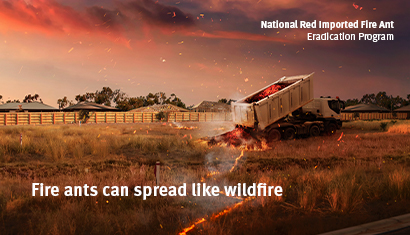
![[Video] How a Huge Mining Excavator Can Be Electric](https://www.heavyquipusa.com/wp-content/uploads/2025/02/liebherr-r9400e-fortescue-218x150.jpg)

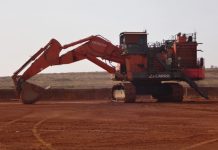
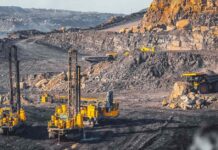
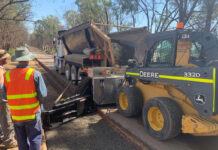
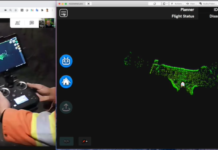
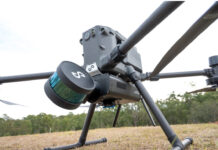

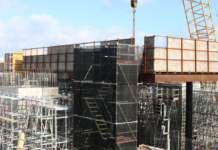
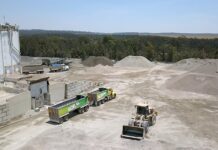


 Copyright 2020 All rights reserved.
Copyright 2020 All rights reserved.